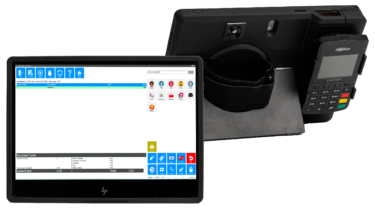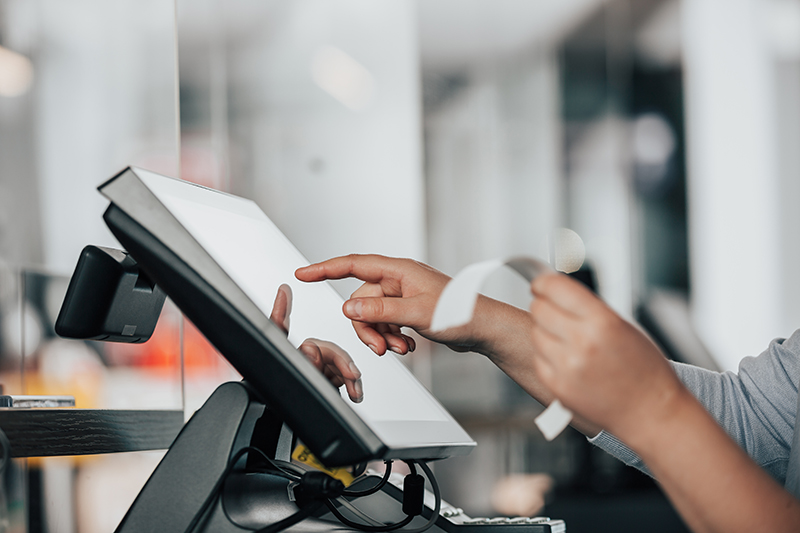Small business owners who want to maximize their tax returns should know about the Section 179 deduction. This deduction allows businesses to deduct the full purchase price of qualifying equipment and software purchased or financed during the tax year.
But what exactly is Section 179, and how can you make the most of it? Let’s take a closer look at how you can use your deductible expenses to improve your business’ efficiency without costing you a small fortune.
Breaking the Section 179 Deduction Down
 The Section 179 deduction is a part of the IRS tax code that allows businesses to deduct the full cost of certain business assets from their gross income. Rather than depreciating the cost of the equipment over several years, you can deduct the entire expense in the year you acquire it.
The Section 179 deduction is a part of the IRS tax code that allows businesses to deduct the full cost of certain business assets from their gross income. Rather than depreciating the cost of the equipment over several years, you can deduct the entire expense in the year you acquire it.
A good example would be purchasing a new delivery van for your business. The van cost the company $50,000. Fortunately, you can deduct the entire $50,000 from your income in the year you bought it, instantly reducing your tax burden.
This valuable immediate expense deduction can significantly lower your taxable income, which is particularly beneficial for small and medium-sized businesses, especially if you plan to buy costly hardware upgrades.
Deduction details
The maximum deduction in 2024 under Section 179 is limited to $1,220,000. Additionally, there’s a spending cap on equipment purchases; for each year, if your total equipment purchases exceed $2,890,000, the amount you can deduct begins to phase out dollar for dollar.
This ensures that the deduction primarily benefits smaller businesses with more moderate equipment spending. Understanding how much your business spends on equipment yearly can help you strategically plan your purchases to maximize your tax benefits.
Why this is beneficial for buying POS Hardware
 Deducting specific expenses immediately can free up capital for other business needs, such as hiring new staff, expanding operations, or investing in marketing. It also significantly reduces the upfront cost of new equipment purchases, making it much more accessible for small or medium-sized businesses to invest in new upgrades.
Deducting specific expenses immediately can free up capital for other business needs, such as hiring new staff, expanding operations, or investing in marketing. It also significantly reduces the upfront cost of new equipment purchases, making it much more accessible for small or medium-sized businesses to invest in new upgrades.
To make the most out of Section 179, consider timing your equipment purchases strategically based on the tax year and when your business handles your taxes. If you know you’ll need new equipment soon, purchasing it before the end of the tax year can immediately give you a valuable tax deduction.
What types of expenses qualify for Section 179?
Section 179 is exclusively for business income, not personal. You won’t be able to leverage this deductible to recoup expenses for a personal piece of equipment. Still, that doesn’t mean it isn’t relevant to many households, particularly if you’re a freelancer.
Other expenses include computer software, like NCR Counterpoint, although the software must not have been custom-made for your company. Machinery, livestock, and vehicles also fall under Section 179. For most businesses, this would include purchasing either new software for their POS system or completely new POS hardware.
Reinvesting in Business Operations
The Section 179 Deduction is an invaluable resource for retail business owners looking to reduce their tax liabilities and reinvest in their operations. By understanding the limits and qualifying criteria for a given year, you can make informed decisions that support your business’s financial health and make the most of when and why you purchase new hardware.
So, where does your business stand? Some upcoming investments could benefit from the Section 179 Deduction if you qualify. Regardless, it’s wise to reflect on your current and future needs, considering how a tax incentive like this could weigh heavily on your business’s growth strategy.
